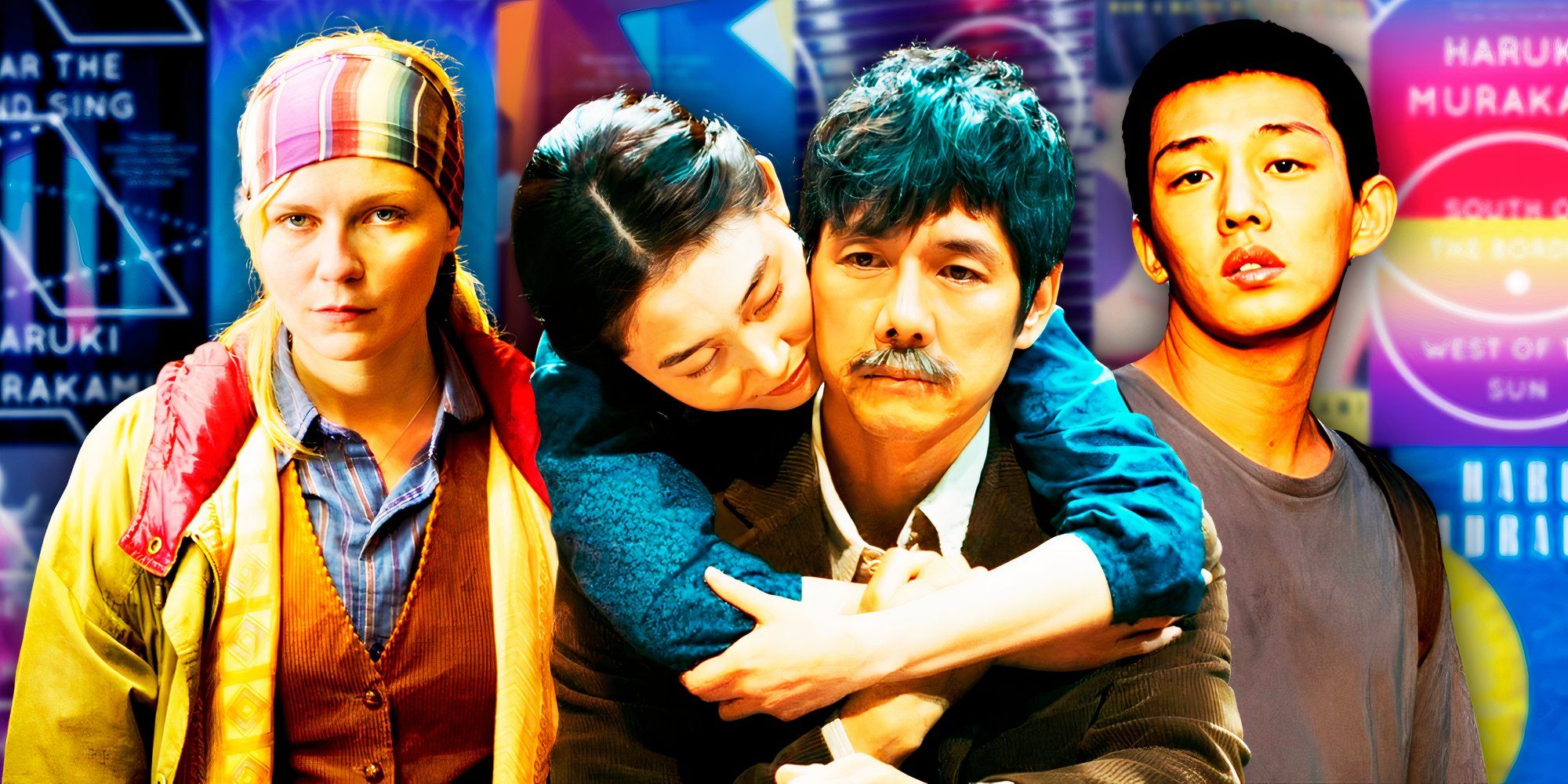One of the undeniable strengths of Searchlight’s Bob Dylan biopic “A Complete Unknown” is the sonic, visual, and emotional power of its many musical performances — an area where director James Mangold has considerable experience, having helmed the acclaimed Johnny Cash film “Walk the Line” back in 2005. That film, which won Reese Witherspoon an Oscar for her performance as June Carter, taught Mangold some key lessons that he applied to “A Complete Unknown” to great effect.
“It definitely gave me the confidence to demand that the actors sing,” Mangold told IndieWire, explaining why he chose to have Timothée Chalamet and the other actors in the movie perform their own songs rather than lip-sync to the original recordings. “It wasn’t necessarily going to be a problem for my actors; they were nervous at the beginning, but they were willing to give it a go. It’s what they do. But there were producers and people at the studio who said, ‘What happens if this doesn’t work?”
The fact that Mangold had done the same thing with Witherspoon and Phoenix on “Walk the Line” gave him the license to say it could work, because it had worked before. He also chose to have the actors perform as much of their material as possible live rather than rely on pre-records, even if it made his production sound mixer’s job exponentially more difficult. “Pre-records don’t really offer you much, particularly within the confines of folk music,” Mangold said. “The perfect of the studio recording is the aspect that’s least interesting, because it’s not even an aspect that was true of the real folk music when it was being made.”
For Mangold, the beauty of folk music isn’t its technical precision but the emotional connection it creates with the audience. “It’s mostly about authenticity and commitment,” he said. “That was the argument I maintained from the beginning, which was that you can’t make a movie about a medium that’s built on authenticity while you’ve got earwigs in the ears of your actors, and they’re mouthing their words like a ventriloquist’s dummy to a pre-record.”
The actors indeed pre-recorded their songs (that’s what you’ll hear if you buy the “A Complete Unknown” soundtrack album), and Mangold says it was a valuable exercise just to get them into character. “The act of getting in the studio before we went out on location to get the recordings down was in itself a kind of training,” he said. “It was like the actors going through what Bob or Joan [Baez] or whoever went through making an album, and I think it was a huge growth period for them suddenly being able to find the voice of the songs.”
When the time came to shoot, however, the pre-records were ignored, and Mangold relied on what he got from the performers singing into the mike on camera, an approach that yielded rousing and emotionally complex scenes like the Newport Folk Festival performance that climaxes the film. “When we got to set, there just became an opportunity for the actors to remain free by singing without being enslaved to whatever was being piped into their ear.,” Mangold said.
The director knew there was always the chance that his way of shooting wouldn’t work — and he understands the studio’s reticence about his approach. “All businesses try to eliminate all chances of failure,” he said. “And that’s the whole insanity of making a movie. By definition, to do something interesting you have to set off to do something that is challenging — and therefore has a chance of failure.”
“A Complete Unknown” is now in theaters.

 2 days ago
3
2 days ago
3










 English (US) ·
English (US) ·